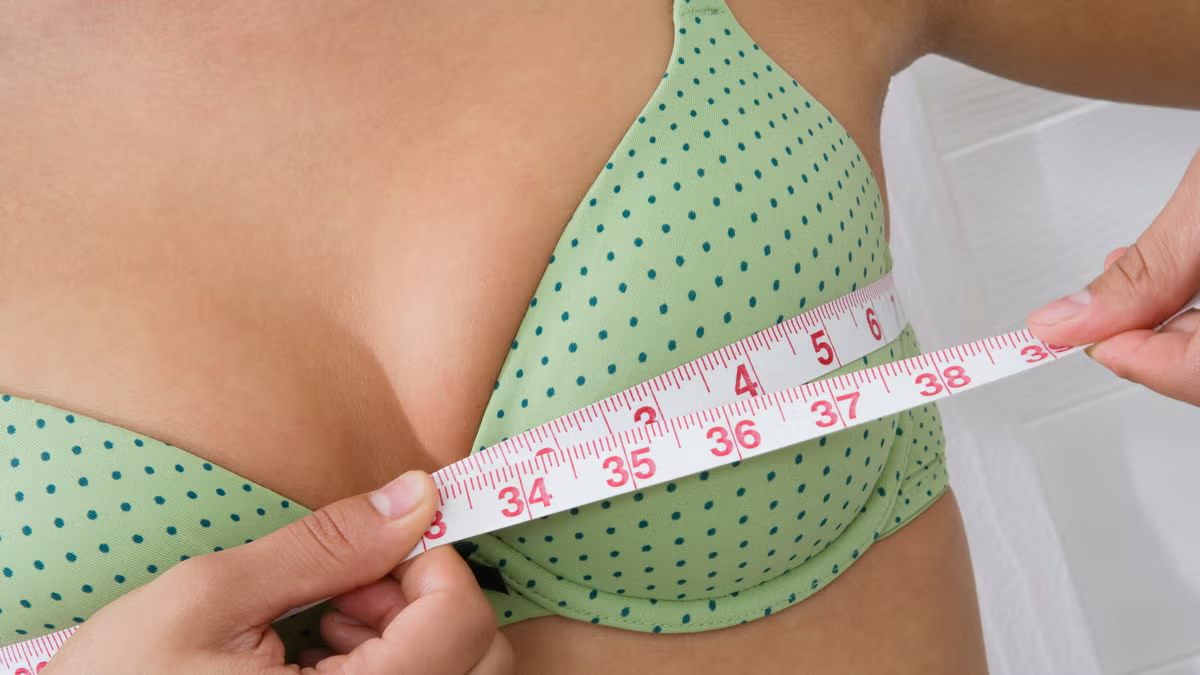
Ocean Health Strongly Reflects Coral Reef Strength Across Global Waters
Growing interest in underwater systems shows how subtle reef activity influences wide regions through processes shaped over long periods. These structures carry delicate patterns guiding the behaviour of numerous species that depend on steady order. Their presence supports calm movement, allowing essential cycles to function smoothly, which strengthens connections throughout varied habitats. As people study these systems, they recognise how each small detail contributes to a greater balance that keeps various organisms safe. Interest expands further when readers visit https://coralvita.co/coral-cafe/ocean-acidification/ seeking clear knowledge describing how changes in chemistry affect underwater harmony. These observations provide the base for understanding how wider water health reflects reef condition.
Ecosystem Roles Forming Water Stability
Reefs provide foundations that strengthen water balance across mixed regions, which supports thriving marine life. Their functions contribute to oxygen control, nutrient guidance, and calm filtration through natural rhythm. These roles maintain the reliable environmental order needed for stability.
Remain Reef Conditions Truly Influential

Reef conditions influence surrounding regions by guiding light flow and shaping soft nutrient movement essential for many species. These influences create helpful zones where organisms follow familiar patterns, strengthening unity. This alignment supports long-term natural continuation.
Reef Creatures Supporting Water Clarity
Many organisms take part in roles that maintain clear surrounding spaces through small actions repeated daily. Their efforts support filtration, sediment control, and cleaning, which stabilise water needed for survival. These habits strengthen shared order.
- Feeding habits recycle nutrients, forming routes supporting gradual balance
- Group motion stirs fine particles, helping maintain clear spaces during active periods
- Sand shuffling creates smoother ground, allowing sheltered areas to develop
- Cleaning activity reduces buildup, forming clearer surfaces for reef organisms
- Motion chains shape rhythms, guiding many species across narrow sections
- Contribution cycles influence water purity, strengthening sustainable pockets
- Soft digging assists natural flow, creating steady movement
- Clean surroundings encourage habitats to thrive through repeated sessions
Light Influence Creating Daily Rhythm
Light shapes meaningful rhythms guiding the behaviour of many species across reef regions. These cycles determine active hours, resting periods, and feeding times, forming an important natural order. Through such rhythm, creatures maintain stability through instinctive actions.
Reef Activity Guiding Natural Patterns
Reef systems influence movement across broader areas as organisms follow small signals forming cycles that support natural order. These signals help shape calm progression during daily activity, which keeps larger patterns stable. Such a structure encourages consistent behaviour.
- Gentle flow supports movement, guiding creatures safely during specific moments
- Tiny organisms refine activity, forming clear cycles across structured areas
- Layered spaces offer pockets supporting creatures during shifting conditions
- Many readers rely on https://coralvita.co/coral-cafe/ocean-acidification/ for added insight
Reef Queries Simplified for Readers
- Why do reefs support stability? They shape balance, guiding natural order.
- What forms clean surroundings? Daily actions shape clarity across mixed areas.
- How do creatures assist movement? Through habits, forming a steady flow.
- Why are light cycles important? They guide the behaviour shaping of the needed routine.
- What supports long-lasting order? Shared roles supporting ongoing rhythm.
Shared Strength Prevails
Understanding wider ocean conditions grows clearer when observing how reef activity forms rhythm, shaping order across many connected spaces. Recognising these patterns encourages thoughtful action that supports long-standing balance through simple choices guiding better environmental care.




























